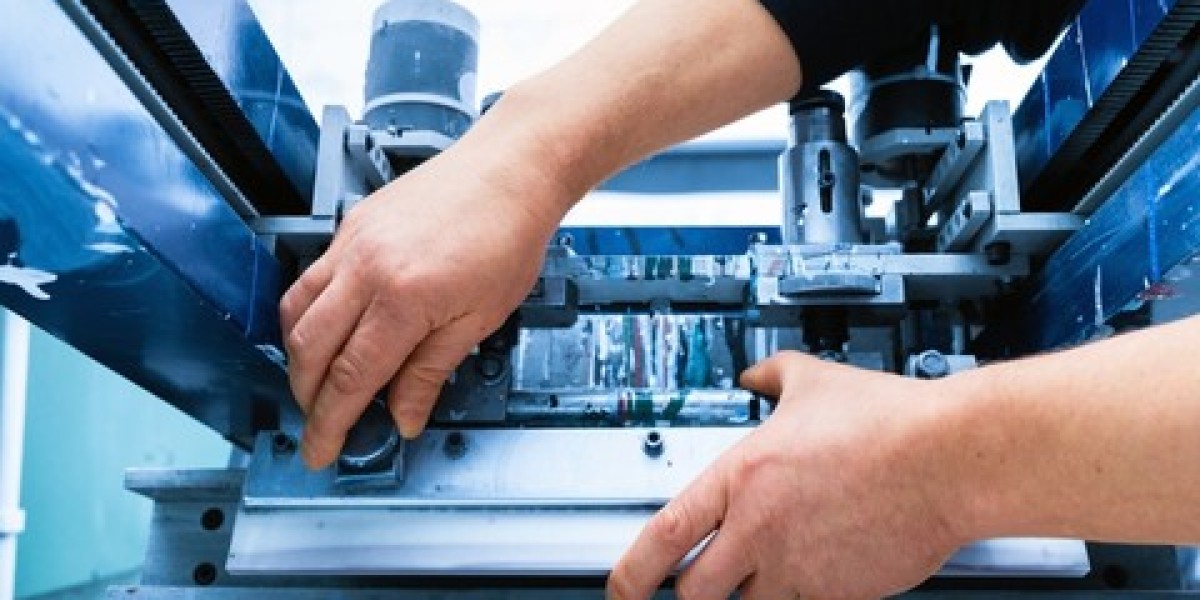Gray iron casting, a process with roots dating back centuries, remains an integral part of modern manufacturing, finding application in diverse industries from automotive to construction. Understanding the nuances of this casting method is crucial for achieving precise results and ensuring the quality of final products. In this guide, we'll delve into the intricacies of gray iron casting, from its fundamentals to advanced techniques.
Understanding Gray Iron Casting: Gray iron, renowned for its excellent machinability and thermal conductivity, is a versatile material choice for casting applications. It consists primarily of iron, carbon, and silicon, with graphite flakes dispersed throughout its structure, lending it its characteristic gray appearance.
Preparation and Pattern Making: The process begins with meticulous pattern making, where a replica of the desired part is created using wood, metal, or plastic. Attention to detail in pattern making is crucial as it directly impacts the final casting quality.
Molding: Molding involves creating a cavity in which the molten iron will be poured to form the desired shape. Two common molding methods are green sand molding and resin sand molding. Green sand molding utilizes a mixture of sand, clay, water, and additives, while resin sand molding involves the use of a resin-coated sand mixture for greater dimensional accuracy.
Melting and Pouring: The melting furnace is where the iron is heated to its liquid state. Care must be taken to achieve the correct temperature and composition to ensure proper flow and solidification. Once molten, the iron is poured into the prepared mold cavity.
Cooling and Shakeout: After pouring, the mold is allowed to cool, during which the iron solidifies to form the desired shape. Once sufficiently cooled, the casting is removed from the mold through a process called shakeout, where the sand is shaken off, revealing the raw casting.
Finishing and Machining: The raw casting often requires finishing operations such as trimming, grinding, and shot blasting to remove excess material and achieve the desired surface finish. Machining may also be necessary for precision components, further refining the dimensions and surface quality.
Quality Control: Throughout the casting process, rigorous quality control measures must be implemented to ensure the final product meets the required specifications. This includes inspection of the raw materials, monitoring of process parameters, and thorough examination of the finished casting for defects.
Advanced Techniques and Innovations: As technology advances, so do the techniques employed in gray iron casting. Innovations such as computer-aided design (CAD), simulation software, and automated molding systems are enhancing efficiency, accuracy, and sustainability in the casting industry.
Mastering gray iron casting requires a blend of traditional craftsmanship and modern technology. By understanding the intricacies of the process and embracing innovations, manufacturers can harness the full potential of this time-tested casting method to create high-quality, precision-engineered components for various applications.








